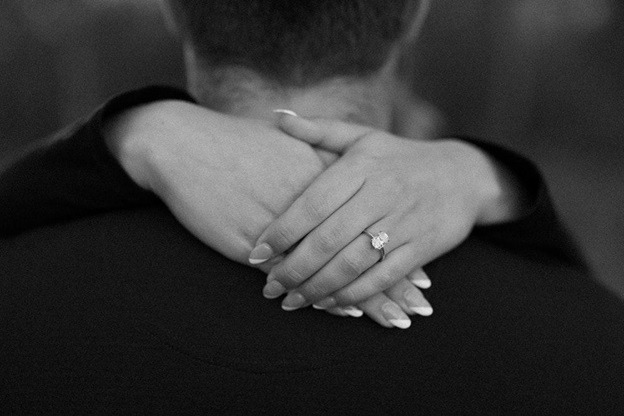Engagement rings have developed quite a lot over time. Be it in terms of significance, looks, or economical value.
The first engagement rings were nothing but plain iron and copper circles. The circular shape symbolized eternity, while the use of iron depicted that the woman now has control of the household.
Eventually, the use of gold became common to increase the worth and value of this material representation of commitment.
In 1477, Archduke Maximilian of Austria presented the world’s first-ever diamond engagement ring to the Mary of Burgundy. And ignited a trend that burned bright until the 2010s.
Yes, you read that correctly. For over five centuries, there’s been little to no change in the engagement ring trends (more details on that below!). But after 2010, the world has witnessed quite too many changes and changed the face of the engagement ring industry entirely.
In this post, we’ll be checking out the latest engagement ring trends and see how exactly did they break centuries-long legacy.
Let’s get to it.
Early Engagement Ring Trends
As promised above, we’ll be checking out the former engagement ring trends before we get to the latest ones. And we need you to know so you can realize how drastically things have changed in the last ten years.
Here’s a quick overview of how engagement ring trends changed:
- 1886: Tiffany & Co. released their iconic Tiffany setting ring, i.e., a round brilliant diamond with six prongs. Even today, it’s still just as popular and is currently recognized as the classic engagement ring design.
- The 1920s: Engagement rings with geometric, sharply cut diamonds became popular. Today, these classify as vintage engagement ring designs.
- The 1930s: Diamond engagement rings with twisted metal bands became popular.
- The 1940s: Floral alignment of diamonds became popular with twisted and straight bands. In the present day, you can search for these designs as intricate engagement ring designs.
- The 1950s: Engagement rings with central pear-shaped diamond and plain platinum, titanium, gold, and silver metal bands became popular.
- The 1960s: Engagement rings with big, central gemstones became popular. These stones included round cut stones as well as geometric cut stones.
- The 1970s: Engagement rings with angular cut diamonds, such as the princess cut became popular.
- The 1980s: The use of sapphires, emeralds, and rubies became popular in place of diamonds.
- The 1990s – 2010s: Diamond became the trending stone for engagement rings yet again. But by this time halo ring design had dominated the market. Platinum and gold have also been popular choices during the 90s.
Biggest Engagement Ring Trends by Decade
After the 2010s, it seems like the world got bored of the repetitive trends. Preferences changed significantly. Here’s how:
#1. Gemstones made it to limelight.
Diamonds have dominated the engagement ring industry for quite a long while. Although they’ve become the identity of the whole engagement concept, it’s become too mainstream.
Certainly, no one wants to be wearing the same engagement ring as every other person. And so, over the last decade ring manufacturers, designers, and engaged couples have begun looking for alternatives.
These alternates include gemstones, both major and minor. Some of the most popular trending gemstones include:
- Ruby
- Sapphire
- Emerald
- Amethyst
- Tanzanite
- Alexandrite
- Opal
- Garnet
- Turquoise
- Aquamarine
- Peridot
With newer colors, we are witnessing a surge of newer designs as well. The latest engagement rings are usually a combination of multiple gemstones.
Apart from offering a change, gemstone engagement rings are cheaper and more vibrant compared to diamond engagement rings. And that has also contributed significantly to its popularity.
#2. Rarity became the standard.
Even amongst gemstone engagement rings, you’ll see engagement rings of the rarest stones in greater demand. Consider Alexandrite engagement ring for example. Alexandrite stones are rarer than diamonds, and hence, these rings are in greater demand.
Quite interestingly, despite being rarer, alexandrite engagement rings are cheaper! So, the buyer is at an advantage in both aspects, i.e., uniqueness and economical value.
#3. Pocket-friendly vision penetrated for good.
As mentioned above, the third metric that’s become more and more popular over the last decade is pricing. Unlike former times, people are not willing to spend bulks of money on engagement rings. Instead, they are spending on experiences with their significant other. Consequently, cheap but beautiful gemstone engagement rings such as Tanzanite engagement rings or Morganite engagement rings are becoming popular.
Final Words
Summing up, the last decade has been revolutionary in the engagement industry. And we’d say, it’s been so for good. It’s time we begin exploring other wonders of nature!

